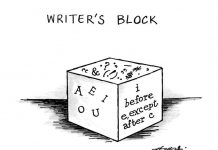In Pilates, the spine may be in neutral while standing, lying on your back, side, front or on all fours. When the body is in neutral spine each side of the body bears an equal amount of weight so the muscles do not have to support the joints, leading to a well balanced body.
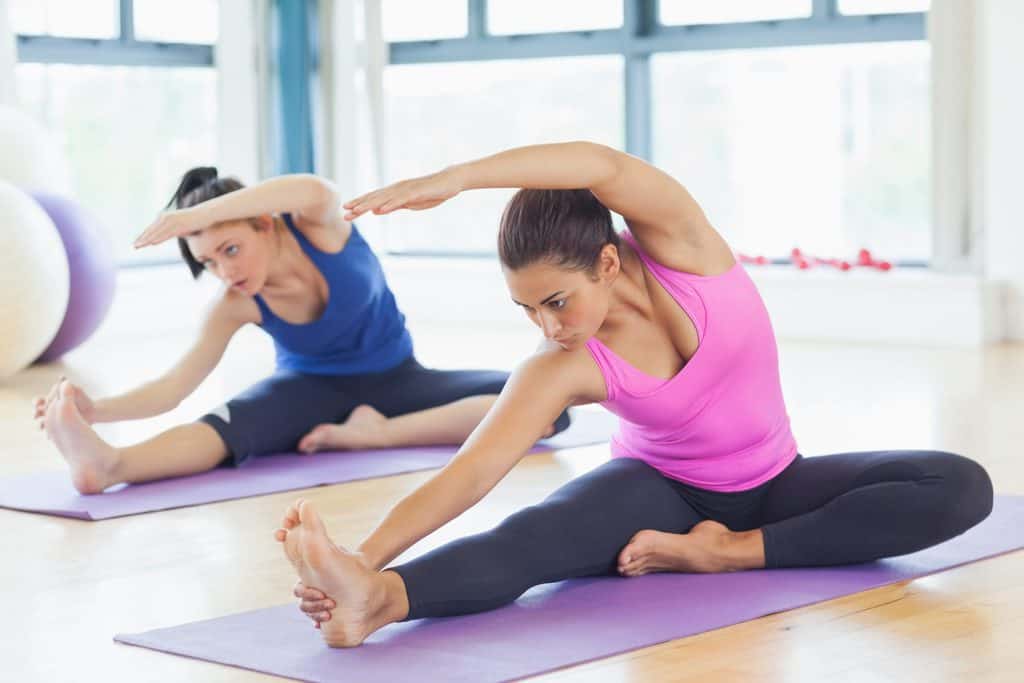
The following points should be kept in mind during neutral position:
- The ankles, hips and shoulders should be aligned.
- The back should be properly balanced and retain its natural curves. The four natural curves of the spine help to protect the back from shocks and jerky movements.
- Each side of the body should carry an equal amount of weight
- The muscles should be relaxed
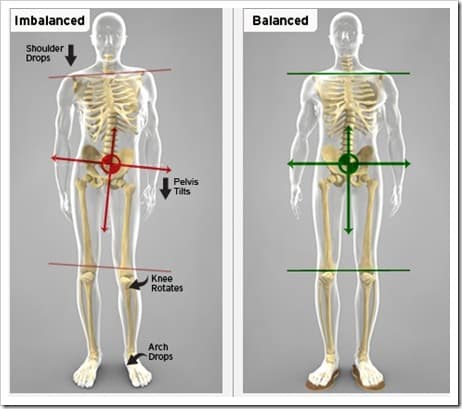
Properly Aligning the Feet
Standing Pilates exercises in neutral spine are done with the feet properly aligned. The weight of the body should be evenly balanced on the feet. This can be done by rocking the body forward and backwards to find a central location. This rocking technique will come naturally after you have practiced it a few times.
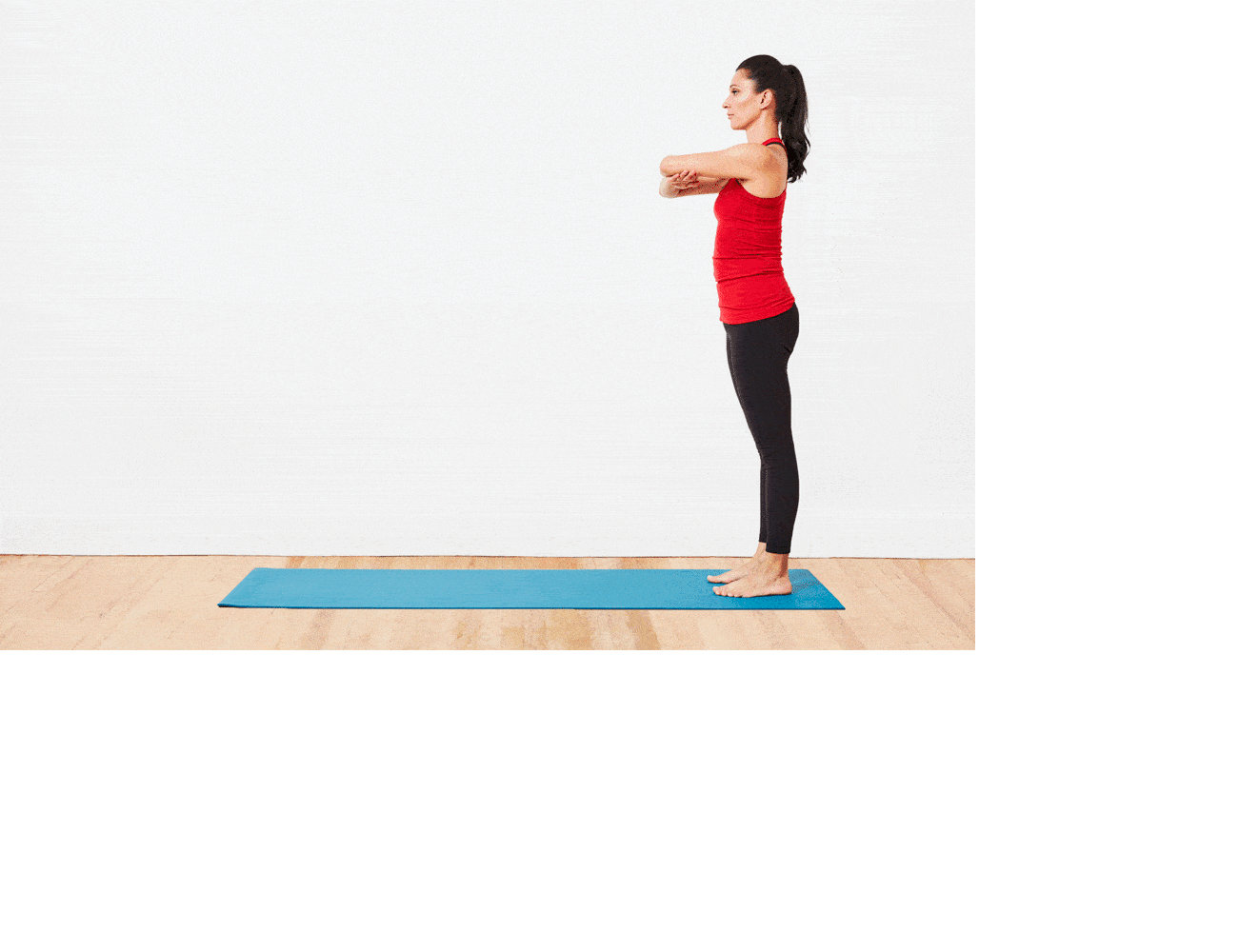
This is the central position from which all standing Pilates exercises should be done.
Standing in Neutral Spine
Stand with your feet hip distance apart and turn your toes slightly outwards. Make sure that your body weight is evenly distributed between the feet as well as between the front and back regions of the foot. Roll the foot inwards and outwards to find the point where the weight of the body is centred. Keep the head straight and level. Try to keep the spine straight but do not over arch the back. The shoulders should be straight and level to the floor.
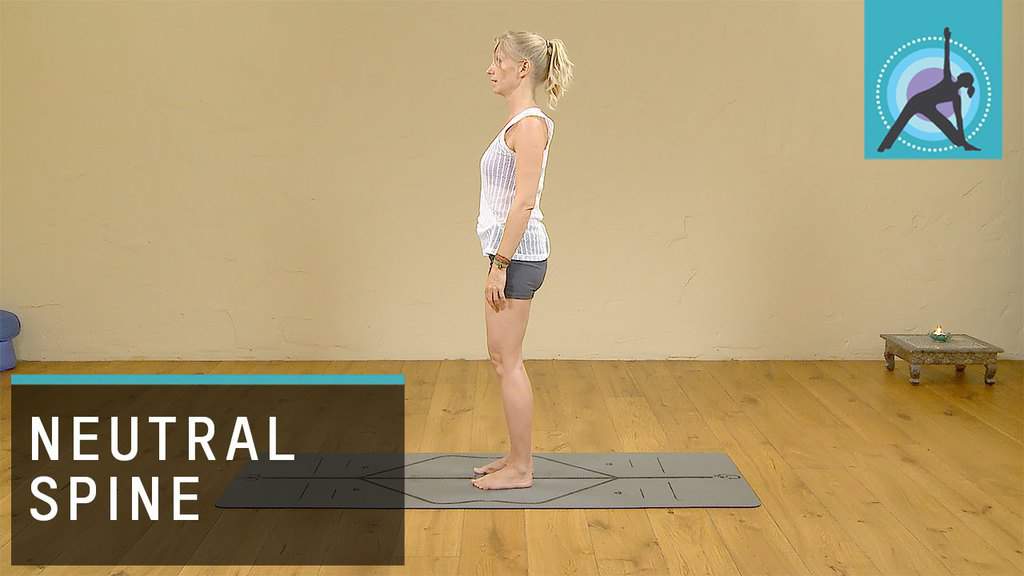
Mirror Check
If you are standing correctly in neutral spine, you will have a properly balanced body on either side. Stand in front of a mirror and check the knees, ankles and hips are aligned. Feel for the tail bone, which should be pointing downwards. The chest should be lifting up and the shoulders should be back and down.
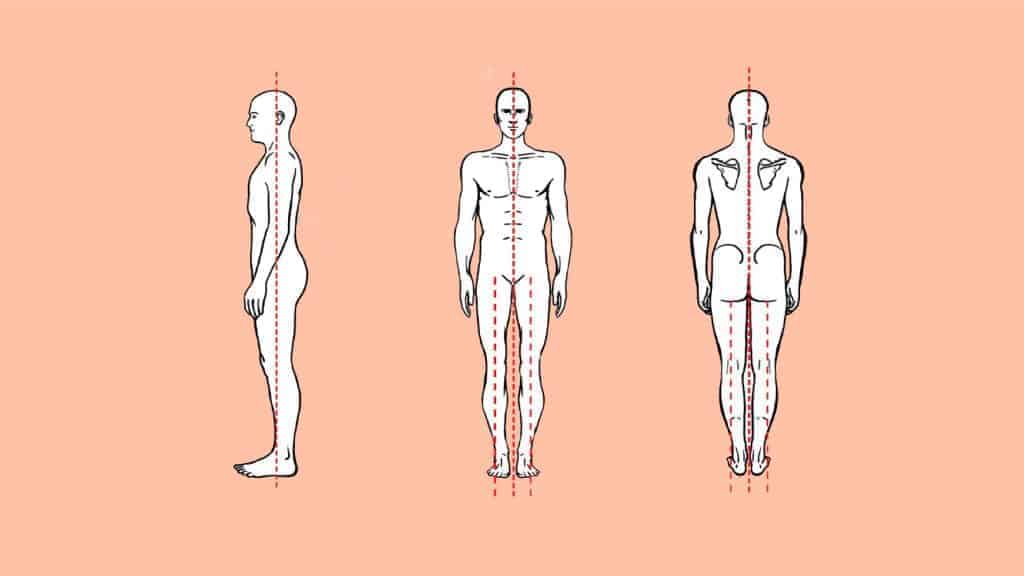
Lying on Your Back in Neutral Spine
Lie on your back with your knees bent and feet on the floor, hip distance apart. The ankles, knees and hips should be aligned. The knees should be stable and the lower back touching the floor should feel the weight of the body. The shoulders and back of your ribs should be touching the floor and you should feel the weight of your upper body on them.
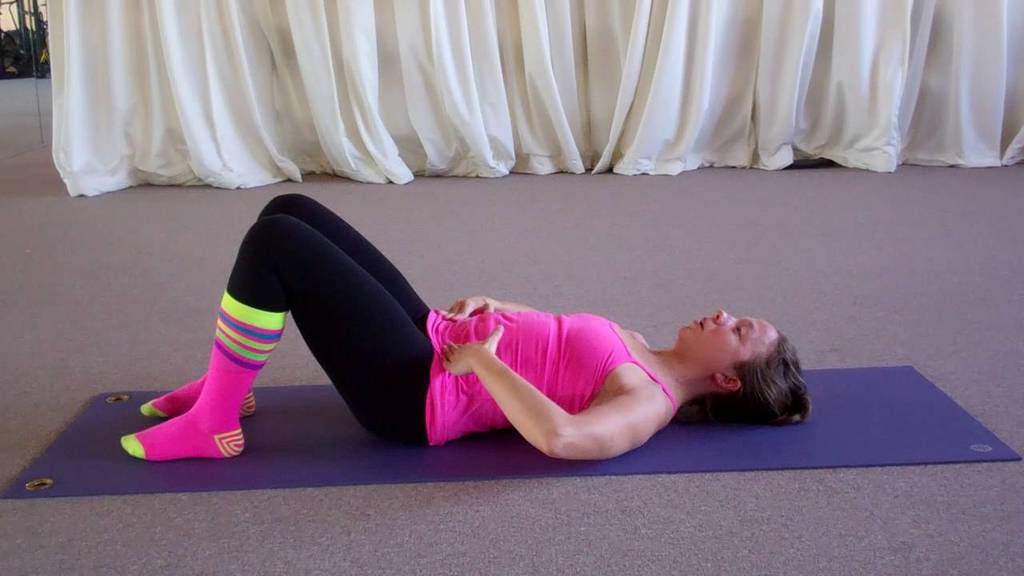
The centre of the back should naturally lift off the floor. The neck should be lengthened away from the body.
Pilates and Posture
A well-aligned spine and proper posture for everyday activities can help relieve back pain. The Pilates method is a continuing process of good posture and proper movements in everyday activities, whether sitting on a chair or lifting a heavy weight.
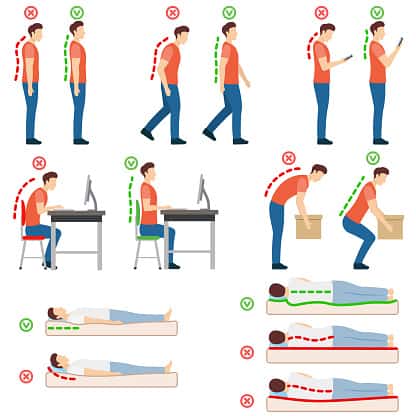
Proper Lifting Techniques
- Bend the knees to reach the object.
- Lift using the legs and keep the back straight.
- Keep the weight in a central position and stand upright.





